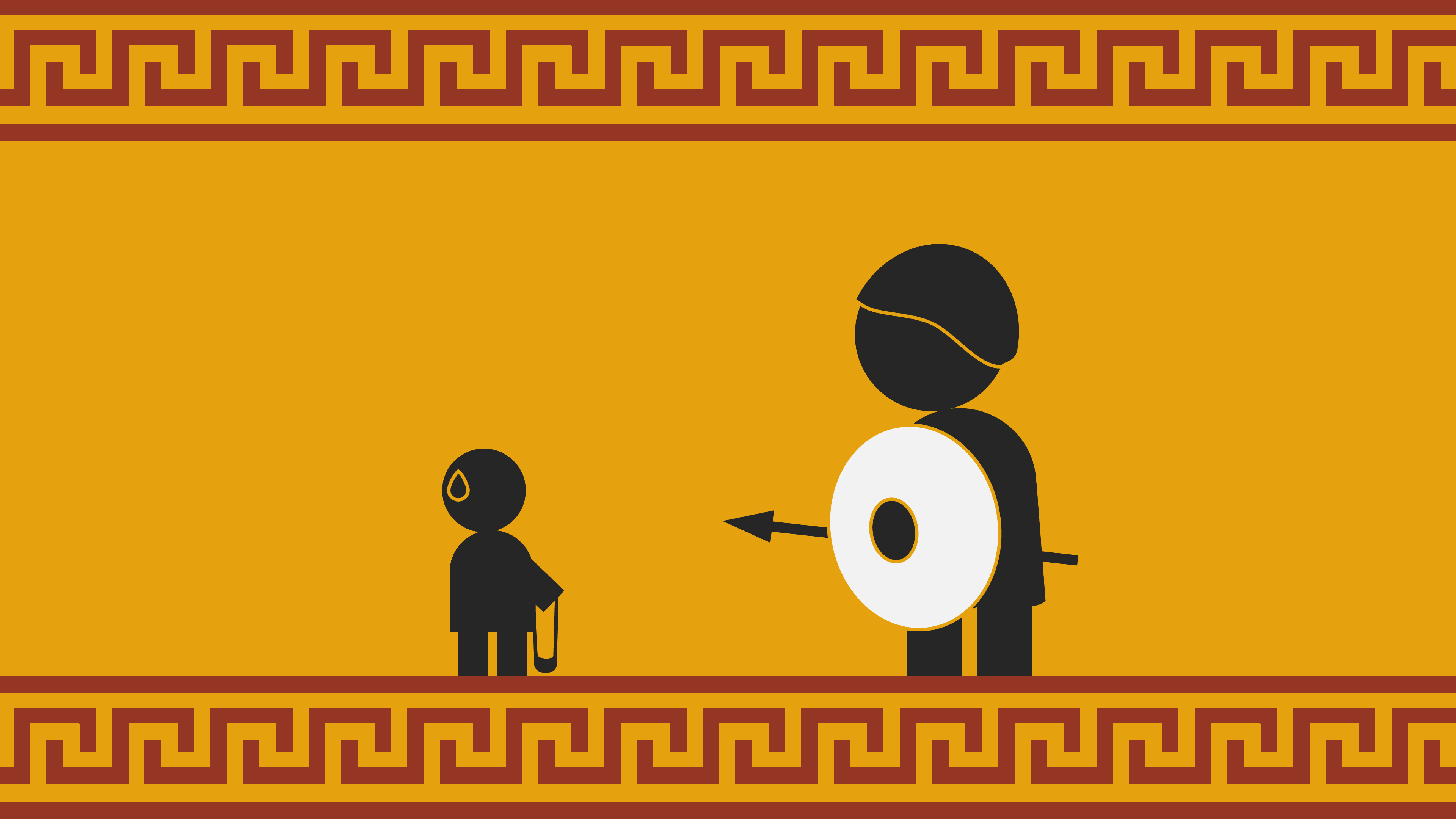Can public service broadcasting survive Silicon Valley?

Public service broadcasting exists to inform, educate, and culturally enrich society through the production and distribution of media. This was traditionally done by beaming broadcast signals directly to peoples’ car radios and living room TVs.
Nowadays, broadcasters increasingly rely on online intermediary platforms managed by a relatively small number of US-based online platform companies like Meta (Facebook, Instagram), Alphabet (Google, YouTube), Netflix, and Apple. This allows broadcasters to maintain a commitment to the and stay culturally relevant. At the same time, these massive online platforms also pose significant – and sometimes even existential – challenges to public service broadcasters.
This study describes findings from interviews with 30 executives and management-level professionals at public service broadcasters across the UK and the US.
Public service broadcasters want to be where the users are. In that sense, third-party platforms are a modern necessity, especially for smaller broadcasters. Some interviewees highlighted how some of these new commercial platforms help broadcasters reach audiences that were previously underserved or neglected.
However, while commercial companies can provide platforms that come with large audiences, their values and objectives may not always align with those of public broadcasters.
One major downside is that broadcasters have limited control over how content is treated once it’s hosted on third-party platforms. For example, professional journalism might be shown alongside other misleading or false content in users’ feeds, as if both kinds of content are equal.
Commercial platforms also have the power to determine what content reaches
audiences. Algorithms tend to steer audiences towards recent or emotionally
charged content, which impacts broadcasters’ abilities to reach audiences unless
they pay to have their content promoted on the platform. As one interviewee puts
it: we’re kind of at their mercy
.
Publishing content on third-party platforms also means that broadcasters no longer have direct access to their audience. This limits their ability to know who they are serving.
Moreover, success on such a platform isn’t necessarily good for the broadcaster. Station brands and the values that they represent are less visible on third-party platforms, and social media platforms that become “too successful” risk siphoning users away from first-party platforms like radio and tv, which may pose a threat to broadcasters’ funding models.
Speaking of funding: being everywhere is expensive. Many broadcasters already have difficulties funding their legacy broadcast systems, and on top of that, they also need to invest in digital infrastructure for the next generation of distribution and content.
It also doesn’t help that platform companies have vast amounts of resources and spending power, which allows them to easily take on debt to pursue content creation. This hurts public broadcasters in two ways: first, there’s simply more to compete against, and secondly, the increased demand for content leads to inflation in talent costs, which further increases costs for public broadcasters.
In response to the challenges posed by commercial third-party platforms, public service broadcasters increasingly focus on centralisation and economies of scale.
For example, the BBC’s strategy is to figure out how third-party platforms can be used to bring audiences back to their own platforms, like BBC iPlayer and BBC News. Moreover, the BBC’s technology teams are no longer organised by platform (radio, TV, and News) but aligned around converged production processes for all content.
Public service broadcasting in the United States is more decentralised, but even there similar platform development efforts have emerged. National entities like NPR and PBS build digital infrastructure that can be used by local stations to distribute their content.
Owning a platform gives broadcasters more tools to provide value to their audience. The BBC uses so-called “public service algorithms”, which combine algorithmic curation with human curation in order to create experiences that are personalised to a user’s interests and, at the same time, can also inform or surprise them.
Finally, broadcasters can fight back against Big Tech by focussing on ways to differentiate themselves from commercial platforms. The most common example mentioned by interviewees is the provision of high-quality local news, in addition to educational programming for kids, and the ability to take on roles (e.g. as a national unifier) that commercial platforms cannot provide.
-
Public broadcasters want to be where the audience is, but this is not without risks
-
Public service broadcasting benefits from centralisation and differentiation from commercial platforms


